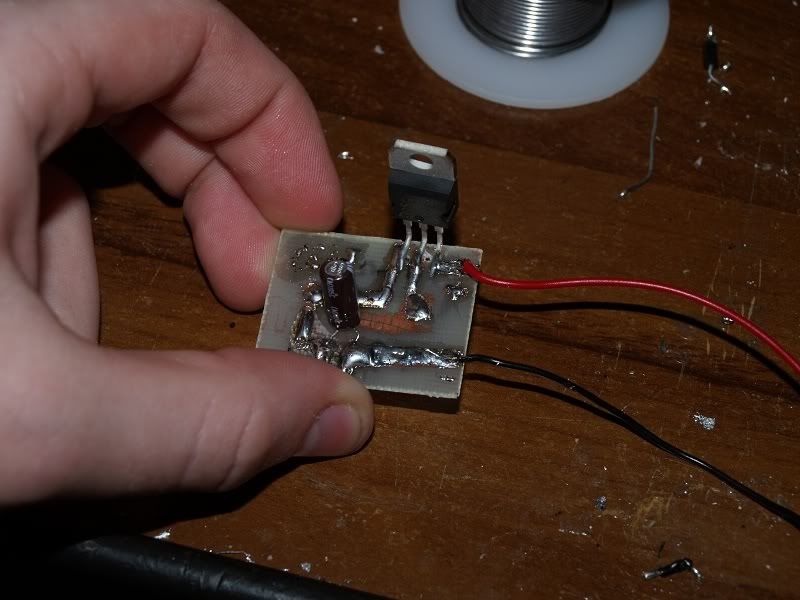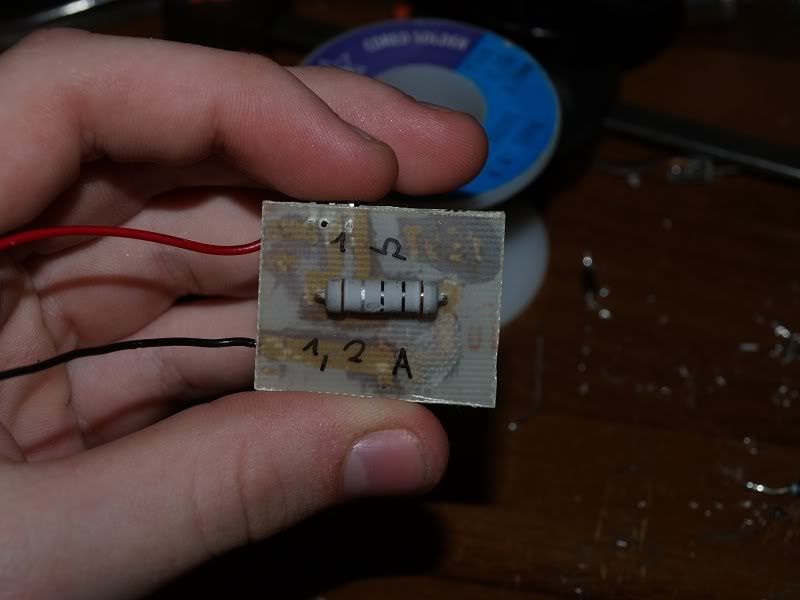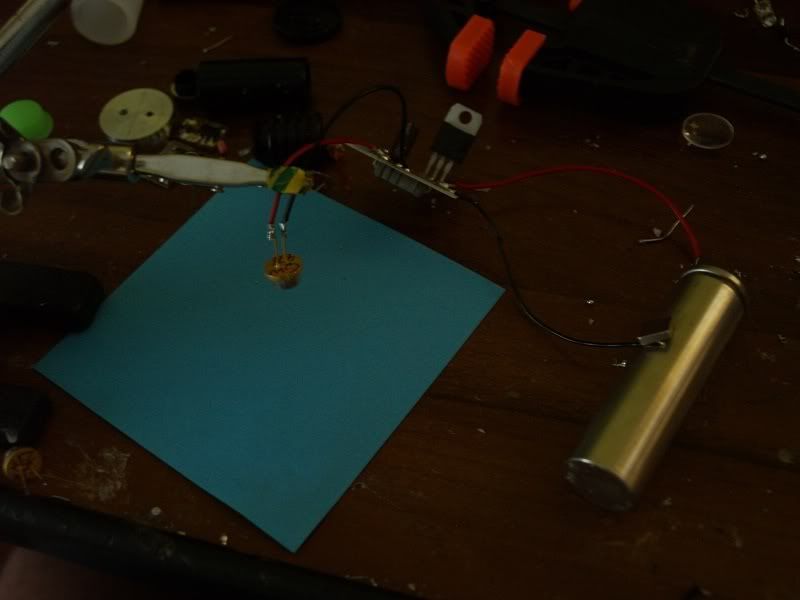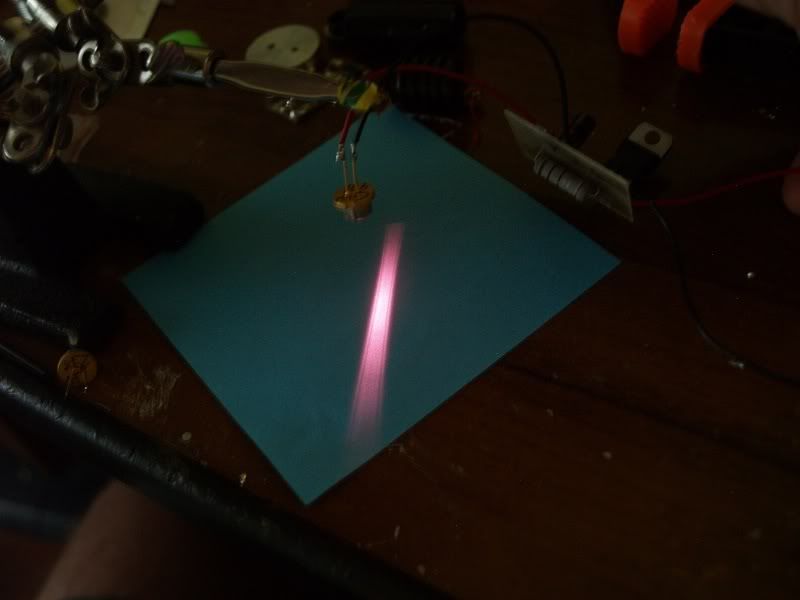jupiter8
0
- Joined
- Apr 28, 2010
- Messages
- 174
- Points
- 0
I've built this circuit based on advice I've gleaned from the forum here, and some help from HIMNL9. It's all soldered up ready to go.

I'm nervous to hook this us to my A-130 diode. I'll run through the tests I've done, please be patient with me I'm new at this.
Hooked up Blu-Ray dummy load and a Red dummy load. My question is this, when I hook up my blu-ray dummy load and measure the milli-volts across the 1ohm resistor, I get a range of about 330 - 400mV. When I hook up my Red dummy load I measure 770 - 1100mV. WHY? The range is turning the 100ohm trim pot. Why the discrepancy between dummy loads, only difference between them is 2 IN4001s in series, right? Help please.

I'm nervous to hook this us to my A-130 diode. I'll run through the tests I've done, please be patient with me I'm new at this.
Hooked up Blu-Ray dummy load and a Red dummy load. My question is this, when I hook up my blu-ray dummy load and measure the milli-volts across the 1ohm resistor, I get a range of about 330 - 400mV. When I hook up my Red dummy load I measure 770 - 1100mV. WHY? The range is turning the 100ohm trim pot. Why the discrepancy between dummy loads, only difference between them is 2 IN4001s in series, right? Help please.
Last edited:











